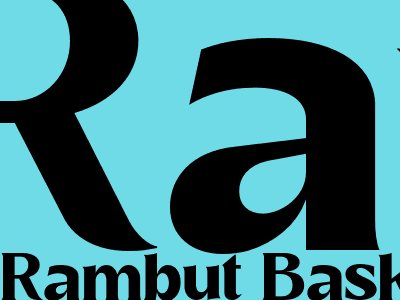Rambut Basket: A Unique and Cultural Basketry Technique
Introduction
Rambut basket, also known as "hair basket" or "saput rambut," is a unique and intricate type of basketry originating from the indigenous Dayak community of Borneo, Indonesia. The baskets are named after the Iban word "rambut," meaning "hair," due to the fine, hair-like strands of plant fibers used in their construction.
Historical and Cultural Significance
Rambut baskets have a deep cultural significance for the Dayak people, serving as symbols of their identity, heritage, and artistic prowess. These baskets were traditionally made by women as gifts for their daughters, to be passed down through generations as heirlooms.
Rambut baskets are often intricately decorated with traditional Dayak motifs, representing nature, animals, and spirits. The intricate designs and patterns reflect the Dayak worldview and their connection to the natural environment.
Materials and Construction
The primary material used in the making of rambut baskets is a fine, hair-like fiber called "ikan abang" (Litsea cubeba), which is extracted from young saplings. These fibers are carefully split, cleaned, and dyed using natural plant pigments.
The construction of a rambut basket is a meticulous and time-consuming process that can take up to several months to complete. The fibers are meticulously woven together using a twining technique, creating intricate and durable baskets.
Different Types of Rambut Baskets
There are various types of rambut baskets, each with its distinct shape, design, and function. Some of the most common types include:
- Bungkang: A small basket used for carrying rice and other food items.
- Sabur: A medium-sized basket with a lid, used for storing clothes and personal belongings.
- Rumbu: A large basket used for storing food and agricultural products.
- Salong: A ceremonial basket used for carrying offerings and ritual objects.
Preserving and Revitalizing Rambut Basketry
The tradition of making rambut baskets is facing challenges due to changing lifestyles and the loss of traditional knowledge. However, efforts have been made to preserve and revitalize this cultural practice.
Artisans are working to pass on their skills to younger generations, and government initiatives are providing support for workshops and training programs. By promoting and supporting rambut basketry, we not only preserve a unique cultural heritage but also contribute to the economic empowerment of indigenous communities.
Conclusion
Rambut basketry is a testament to the creativity, cultural heritage, and resilience of the Dayak people. Each basket is a masterpiece of artistry and craftsmanship, carrying the stories and traditions of this indigenous community. By embracing and preserving this cultural practice, we celebrate cultural diversity and contribute to the preservation of our shared human heritage.

Komentar